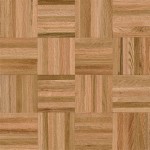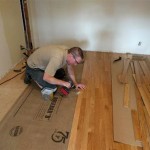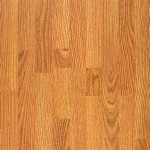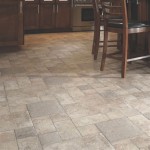Timber Flooring Hardness Scale: Understanding the Essential Aspects
Timber flooring is a popular choice for homes and commercial spaces alike, offering warmth, durability, and aesthetic appeal. Understanding the hardness of timber flooring is crucial to ensure it can withstand the rigors of daily life.
The Timber Flooring Hardness Scale, often referred to as the Janka Scale, measures the resistance of wood to indentation and wear. It is determined by testing the force required to embed a small steel ball into the wood's surface.
Choosing the Right Hardness for Your Needs
The hardness of timber flooring is typically categorized as soft, medium, or hard. Softwoods, such as pine and fir, have a lower Janka rating and are more prone to scratches and dents, making them suitable for low-traffic areas like bedrooms or closets.
Medium-hardwoods, like oak and birch, have a higher Janka rating and are more resistant to wear, making them ideal for moderate-traffic areas like living rooms or hallways.
Hardwoods, such as mahogany and Brazilian walnut, have the highest Janka ratings and are highly resistant to scratches and dents, making them suitable for high-traffic areas such as kitchens or commercial spaces.
Other Factors to Consider
In addition to the Janka Scale, there are other factors to consider when choosing timber flooring hardness:
- Species: Different timber species naturally have varying hardness levels.
- Grading: Higher grades typically indicate less imperfections and a higher Janka rating.
- Finish: Protective finishes can enhance the hardness of the flooring.
- Foot Traffic: The expected foot traffic in the area will determine the required hardness level.
Maintenance and Care
To maintain the hardness and longevity of your timber flooring, it is important to follow proper care and maintenance practices:
- Sweep or vacuum regularly: To remove dirt and grit that can scratch the surface.
- Use a damp mop: Avoid using excessive water or harsh cleaning agents.
- Protect from spills: Clean spills promptly to prevent staining or damage.
- Consider protective mats: Place rugs or mats in high-traffic areas to reduce wear.
Conclusion
Understanding the Timber Flooring Hardness Scale is essential for choosing the right flooring for your specific needs. By considering factors such as species, grading, finish, foot traffic, and maintenance practices, you can ensure the longevity and beauty of your timber flooring investment.

Janka Hardness Scale Superior Flooring

What Is The Janka Wood Scale Kingdom Forestry S

Janka Hardness Scale Wood Maxx S

Janka Hardness Scale Impressions Flooring Collection

Timber Wear Tear And Hardness Including Janka Ratings Planet Timbers

Janka Scale A Step Above Flooring Installation Inc

The Janka Scale Blog Kt Hardwoods Inc

A Homeowner S Guide To Hardwood Floor Hardness Flooring

What Is Janka Hardness And Why Does It Matter Anthology Woods

Hardwood Hardness Chart Floor Depot
Related Posts








